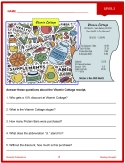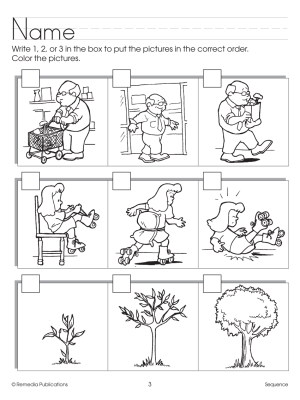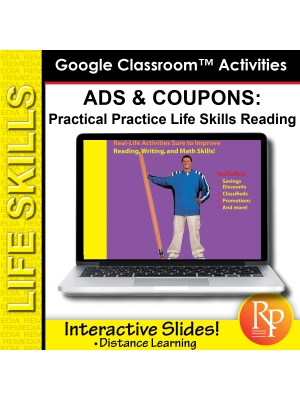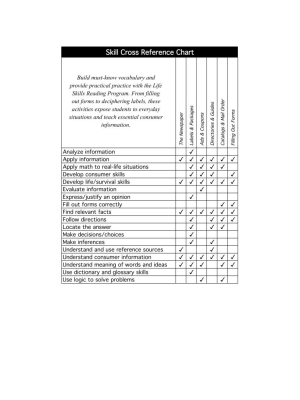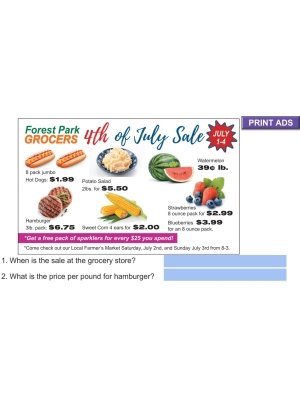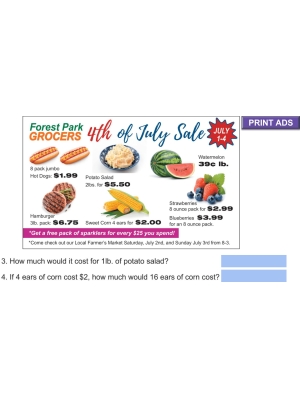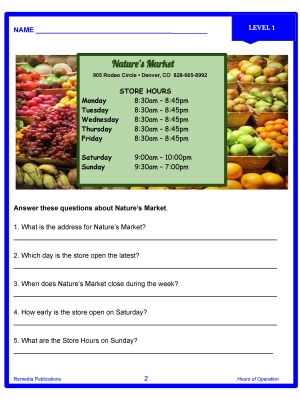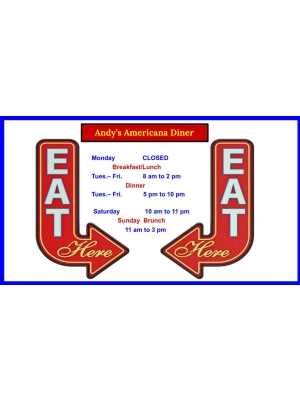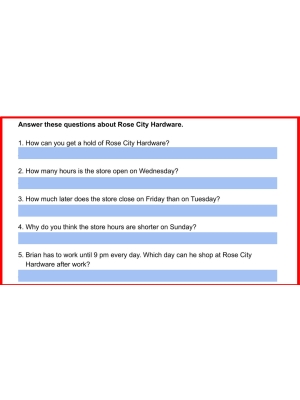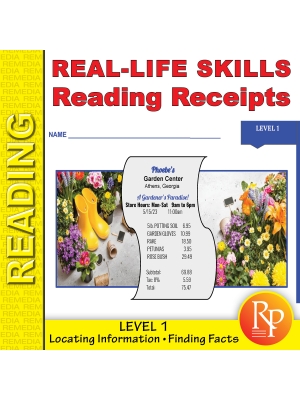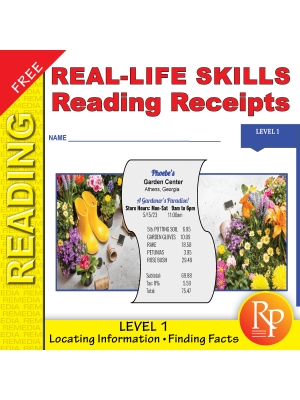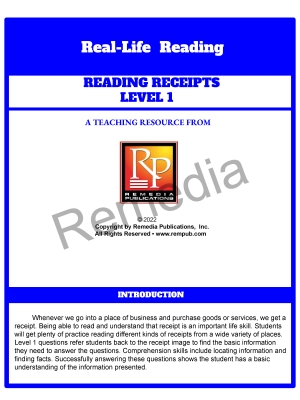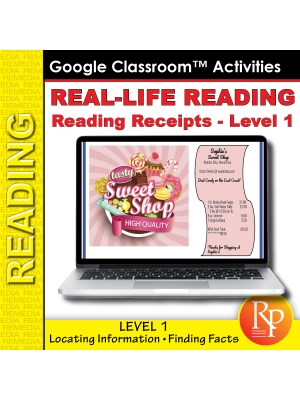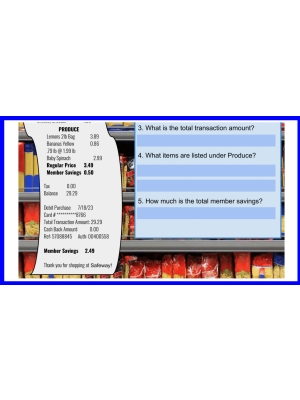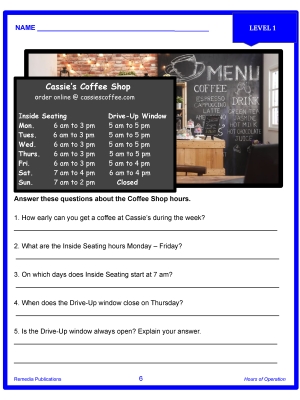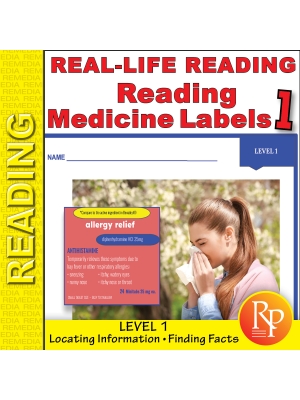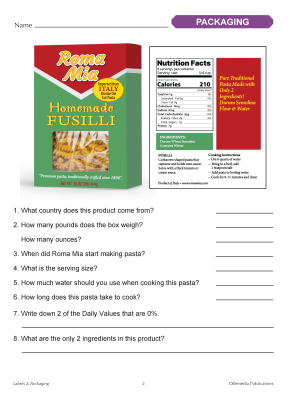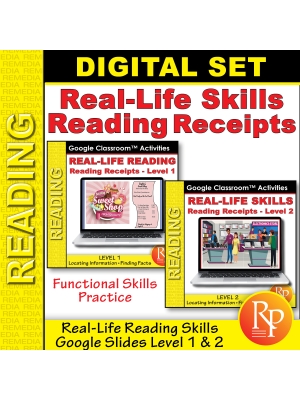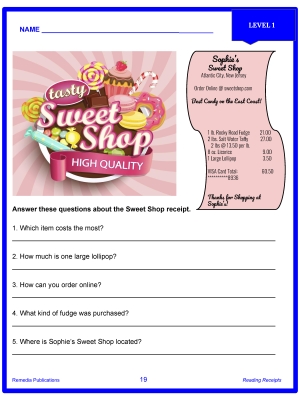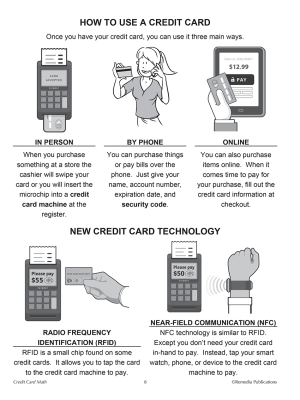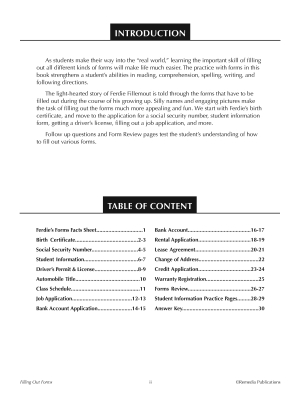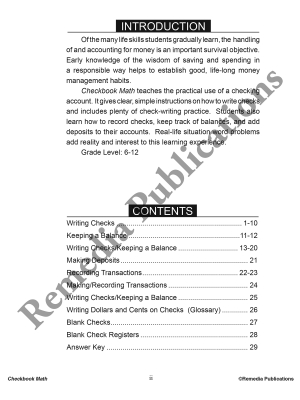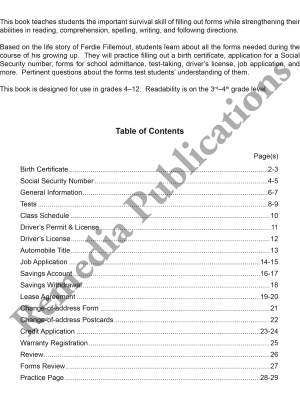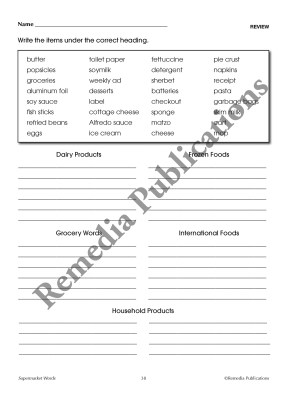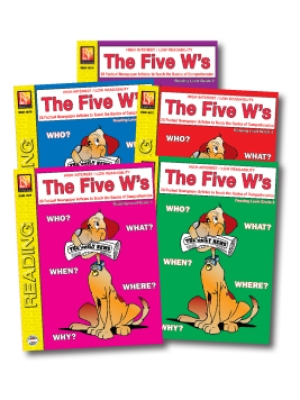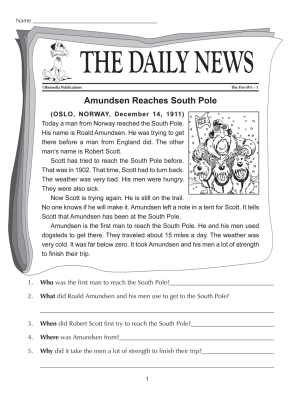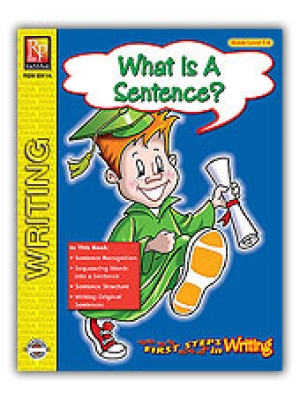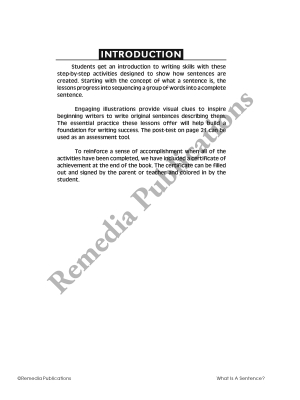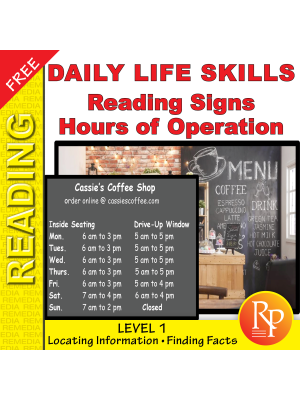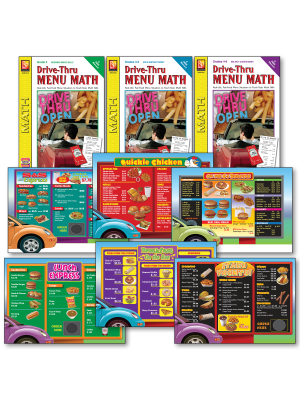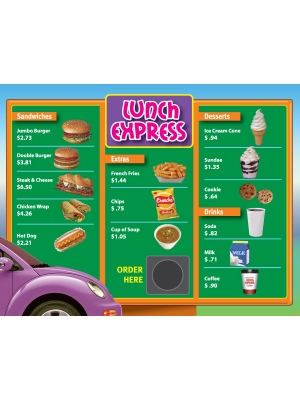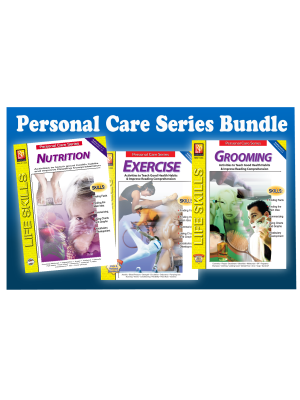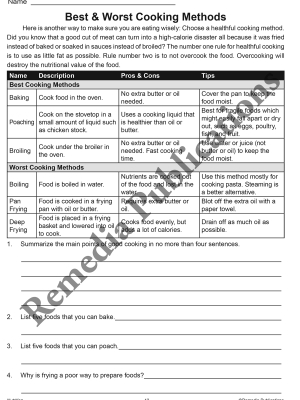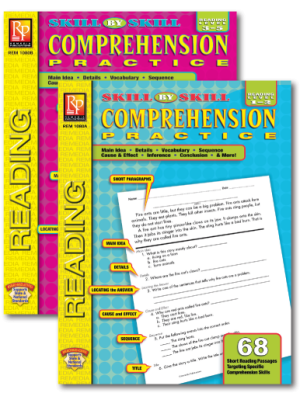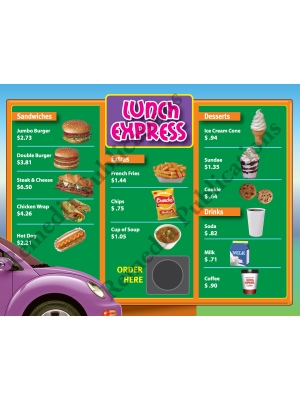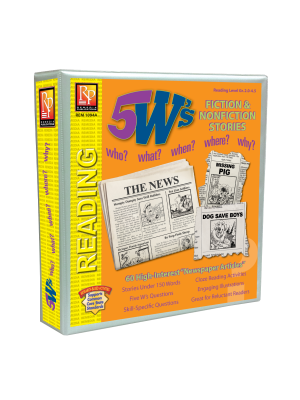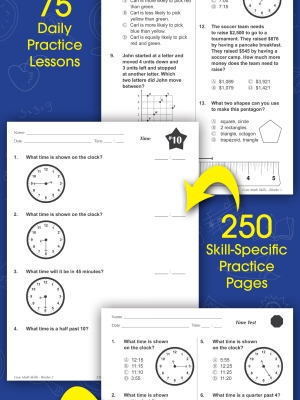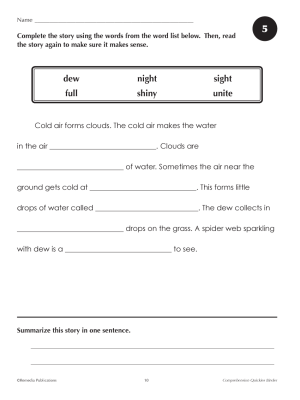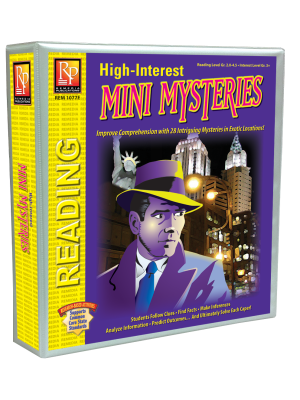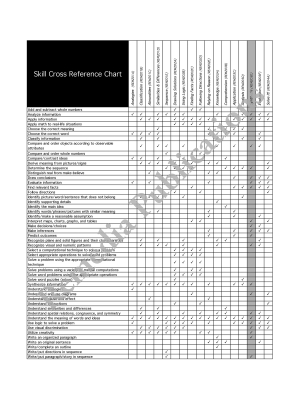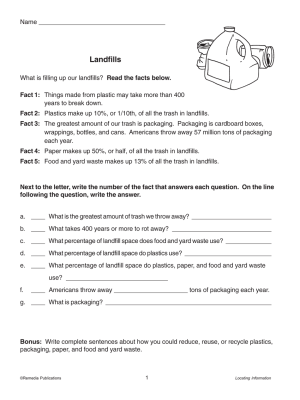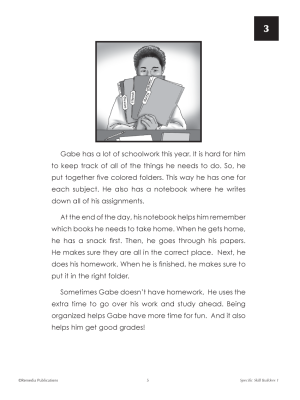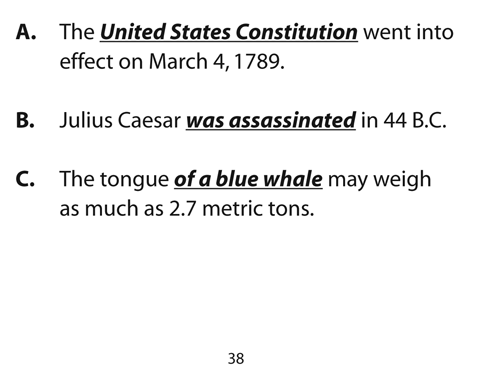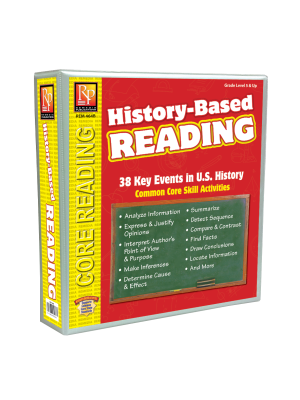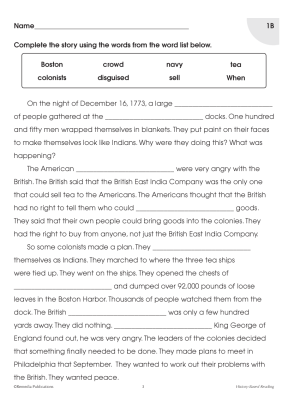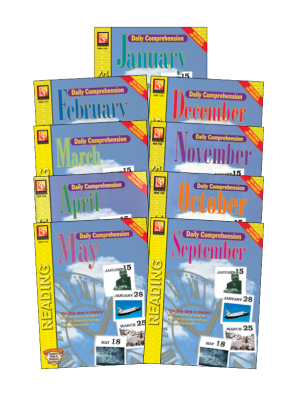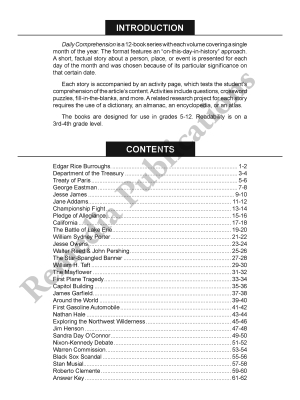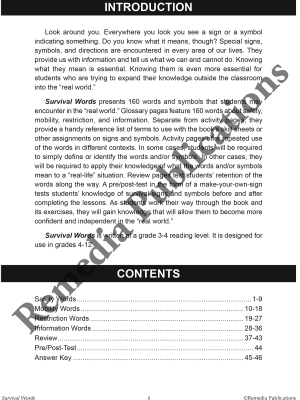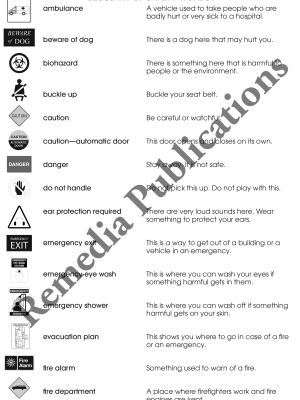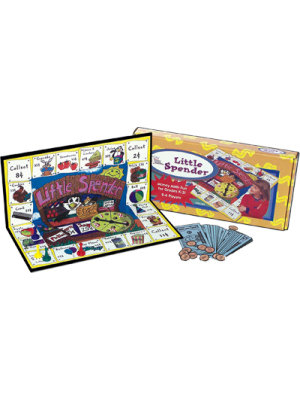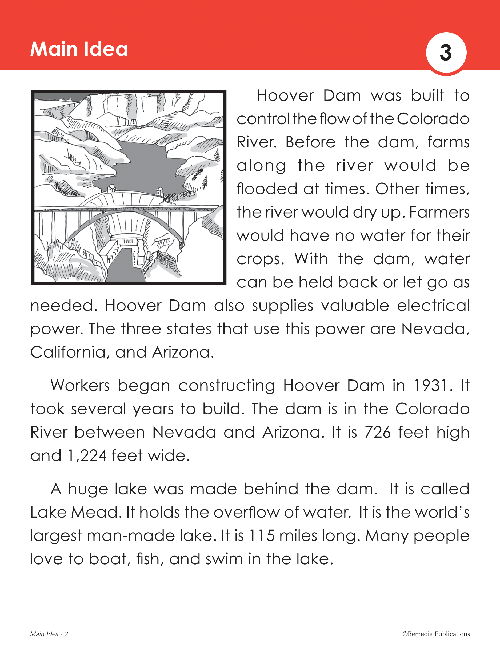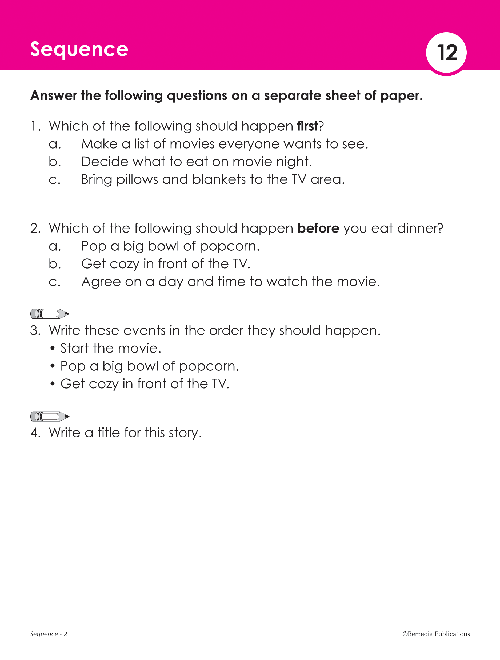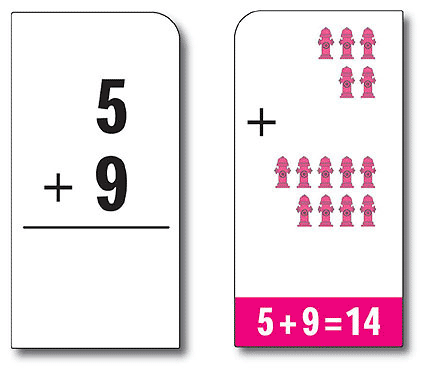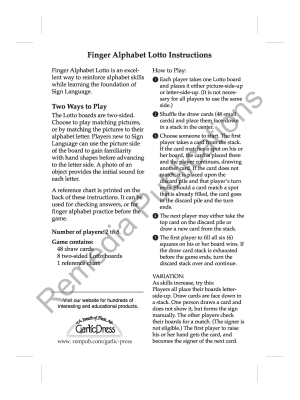Reading | Life Skills | Literal Comprehension | Locating Information | Finding Facts | Functional Skills Practice | Special Education
Everyday life has many different kinds of reading challenges.
These books include examples of three each for reading: maps, texts, and invitations, coupons, signs and hours of operation, receipts, and medicine labels.
Maps: Screenshots of Google maps are used to show real examples of the types of maps that students might encounter. A directional symbol is shown next to each map. One of the keys to understanding how to use a map is understanding this symbol. The answers to some of the questions are directional. i.e. “It’s located in the northwest corner.” Students should also be familiar with basic map symbols so they know the difference between freeways, highways, roads, and streets.
Texts: Examples of texts are conversational and include common text abbreviations, as well as a casual use of grammar and punctuation.
Invitations: Realistic invitations give students practice interpreting the relevant “who, what, where, when” details for a variety of events.
Receipts: Reading and understanding various kinds of receipts is a necessary everyday life skill. Whenever we go into a place of business and purchase goods or services, we get a receipt.
Medicine Labels: Is this medicine right for what’s wrong with me? How much should I take? Our health and well-being can depend on answering these questions correctly. Being able to read and understand the information on a medicine label is a crucial life-skill. With 19 pages of realistic medicine label examples, students will get lots of practice in identifying key information for a variety of medicines. Colorful and engaging photos and graphics of familiar medicines are sure to capture a student’s interest.
Signs & Hours of Operation: Being able to read and understand signs that show the hours of operation for different kinds of places is a step towards successful independent living.
Questions
Level 1 and 2 questions refer students back to the subjects of each segment to find the answers. Comprehension skills include locating information and finding facts.
INCLUDES:
220 PDF Pages! Answer Keys
Daily Life Skills: Reading Signs, Coupons, Labels, Receipts & Maps
- Product Code: EREM 95
- Viewed: 3679
- Availability: In Stock
$52.69
Reading | Life Skills | Literal Comprehension | Locating Information | Finding Facts | Functional Skills Practice | Special Education
Everyday life has many different kinds of reading challenges.
These books include examples of three each for reading: maps, texts, and invitations, coupons, signs and hours of operation, receipts, and medicine labels.
Maps: Screenshots of Google maps are used to show real examples of the types of maps that students might encounter. A directional symbol is shown next to each map. One of the keys to understanding how to use a map is understanding this symbol. The answers to some of the questions are directional. i.e. “It’s located in the northwest corner.” Students should also be familiar with basic map symbols so they know the difference between freeways, highways, roads, and streets.
Texts: Examples of texts are conversational and include common text abbreviations, as well as a casual use of grammar and punctuation.
Invitations: Realistic invitations give students practice interpreting the relevant “who, what, where, when” details for a variety of events.
Receipts: Reading and understanding various kinds of receipts is a necessary everyday life skill. Whenever we go into a place of business and purchase goods or services, we get a receipt.
Medicine Labels: Is this medicine right for what’s wrong with me? How much should I take? Our health and well-being can depend on answering these questions correctly. Being able to read and understand the information on a medicine label is a crucial life-skill. With 19 pages of realistic medicine label examples, students will get lots of practice in identifying key information for a variety of medicines. Colorful and engaging photos and graphics of familiar medicines are sure to capture a student’s interest.
Signs & Hours of Operation: Being able to read and understand signs that show the hours of operation for different kinds of places is a step towards successful independent living.
Questions
Level 1 and 2 questions refer students back to the subjects of each segment to find the answers. Comprehension skills include locating information and finding facts.
INCLUDES:
220 PDF Pages! Answer Keys



